Questionwe recently inherited a new sugar glider. it ws previously owned by my boyfriends little sister and she had him for about 2mo (he looks full grown though and so i don't know how old it really is). I'm not sure if its a boy or a girl. also we researched a litle and found out about the diet in regards of what to feed him( he loves mealworms) but not how much.He's not very shy and seems to like everyone. He nibbles but does not bite aggressively. does that mean he still needs to bond? also i have heard the addition of a new sugar glider is usually beneficial, how do i go about finding one and how do i know if mine is neutered?
AnswerDear Talia:
Congratulations on your new sugar glider. A qualified sugar glider vet will be able to tell you what you have, but moreover, they will be able to check his health, check for parasites and give you an indication of how old he or she is.
Male, female or neutered male? Female sugar gliders will not have a bald spot and they will have a small vertical slit indicating their pouch near the lower part of their abdomen. An un-neutered male will have testicles in a fury sac resembling a pom pom on his underside near where his legs meet and a bald looking spot on the top of his head in the middle of his stripe. A neutered male usually has the sac, but it will be small and empty (though some vets take off the sac and all) which can make it difficult to tell the sex and a neutered male will eventually lose his bald spot, though it can take time.
Here are some pictures that might be helpful. I took these photos of young joeys but they adequately show where to look: http://affinitysugargliders.com/page17.html
When you say you researched a little and found out about the diet to feed him, you didn't mention which diet. Since you did not, I will help you confirm that you are actually feeding him properly. Diet is the single most important factor in taking care of a sugar glider. Each night, your sugar glider should receive a good quality staple mix. There are many diets to choose from. I prefer to avoid hard pellets and find a good quality staple mix you can make from ingredients you have at home. There are several out there. If you want to email me privately, I can send you the diet and recipe that I use. Next, they require fresh fruits and vegetables. A short list is Cantaloupe, apple, mango, grapes, papaya, kiwi, pears and berries for veggies, you can use peas, green beans, snow peas, carrots, all colors of bell peppers, broccoli and zucchini. Never use canned, but frozen is okay. And for protein, you can feed him mealworms, and that will likely go a long way toward bonding, since suggies love them. But you can also feed him shredded chicken breast or scrambled eggs (I always scramble them so they get a mix of all the nutriets). Please avoid feeding him deli meats, red meats, or baby hot dogs for protein. Avoid onions or anything in the onion family. If you choose to leave pellets in the cage during the day which is not necessary, I would choose a soft pellet like Zookeepers Secret or sold as Insectivore Fare from Exotic Nutrition.
He may always nibble a little. But if you just got him, he does need to bond. Just because he is friendly, and let me tell you that you are very lucky, does not mean he is bonded. You should still spend at least 2 hours a day with him to form that bond.
I am a believer that sugar gliders are always best kept in pairs. Make sure you find out what you have first, make sure you have an adequate sized cage (at least 2 X 2 X 3ft high). Choose and age appropriate glider and keep them separated for several weeks to quarantine the new animal, get him or her vet checked for parasites. Then introduce them slowly keeping them in separate cages moving the cages closer and closer over the course of a week or two, changing their sleeping pouches every other day or so. You can then introduce them. Watch them to make sure they don't fight. If they do, you can separate them and repeat theses steps.
I hope this helps. You can email me at lauriegall @ cox . net for further info.

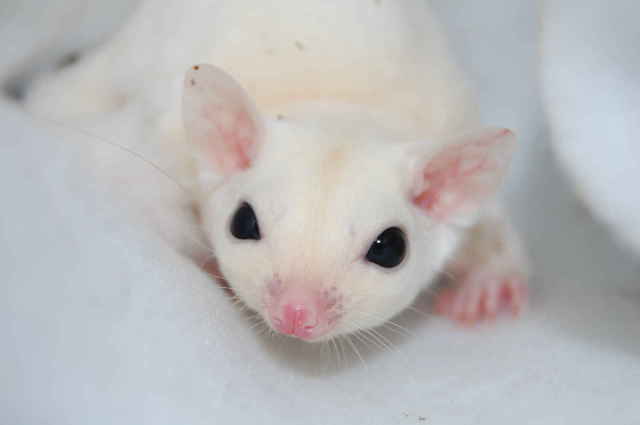 Does Sugar Gliders will effect our health?
QuestionHi Kaden,
I would like to know if sugar glider
Does Sugar Gliders will effect our health?
QuestionHi Kaden,
I would like to know if sugar glider
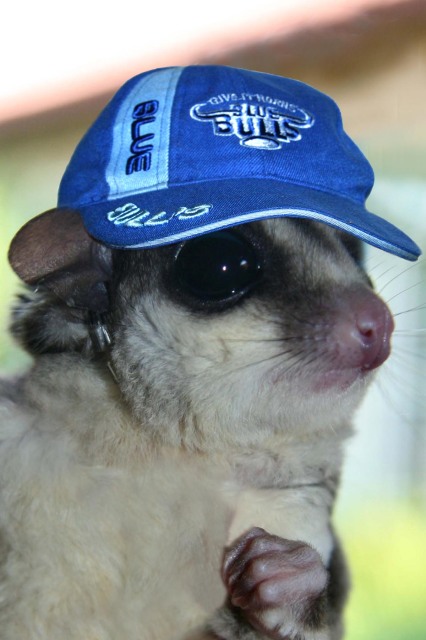 Sugar glider deep sleep concern!
QuestionGizmo
QUESTION: Since Gizmos operation(n
Sugar glider deep sleep concern!
QuestionGizmo
QUESTION: Since Gizmos operation(n
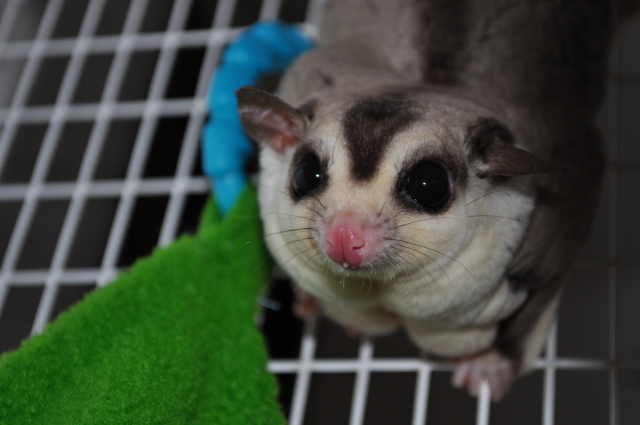 Possible underweight glider
QuestionHi I hope you can answer my question, I have bo
Possible underweight glider
QuestionHi I hope you can answer my question, I have bo
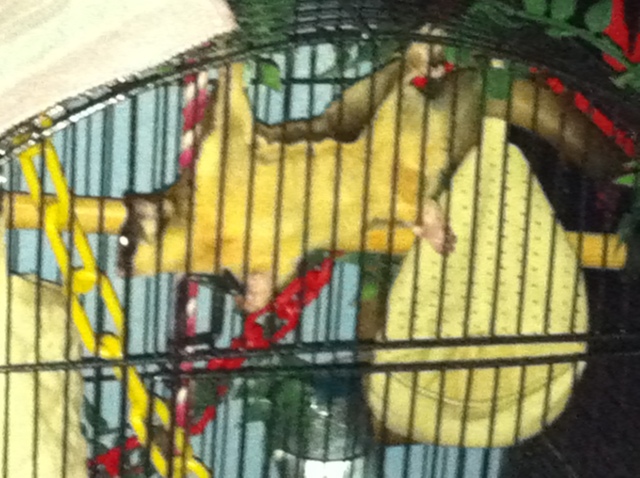 Not sure whether is my suggies are growing well compared to the new glider size
Question
Glider KK
Hi Kaden, im jeremy, just started to
Not sure whether is my suggies are growing well compared to the new glider size
Question
Glider KK
Hi Kaden, im jeremy, just started to
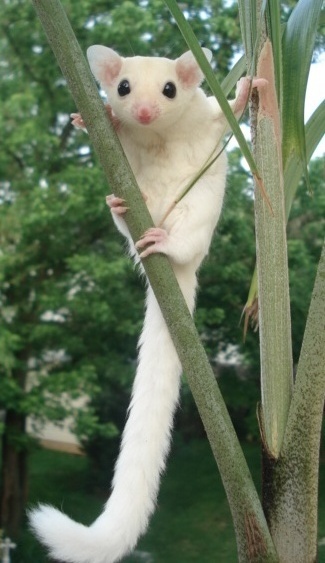 Feeding my Sugar Glider
QuestionHi, I got a glider and she is about 3-4 months
Feeding my Sugar Glider
QuestionHi, I got a glider and she is about 3-4 months